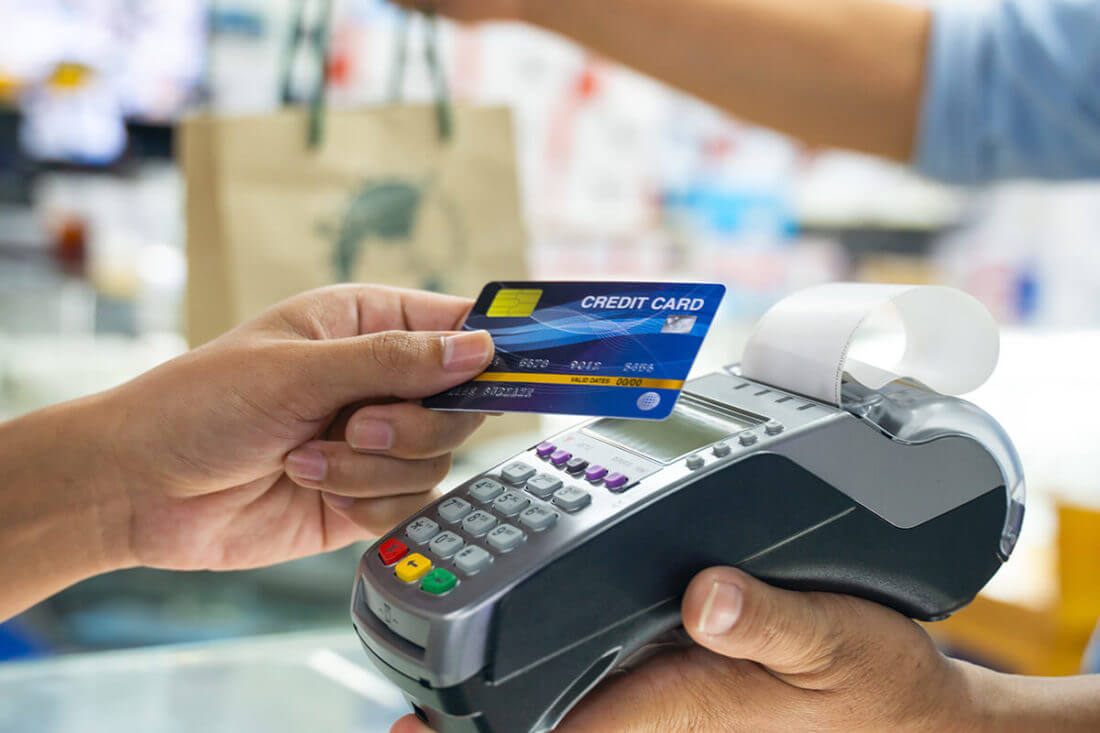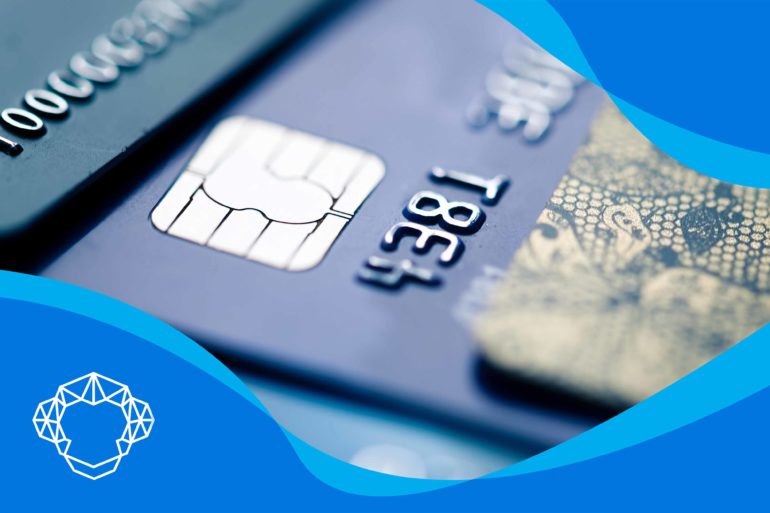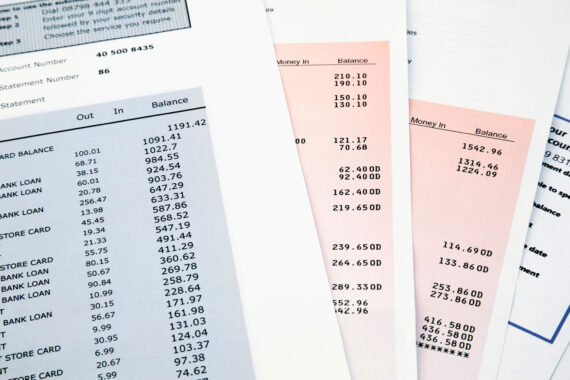If you’ve just opened a small business and expect to process lots of smaller cashless transactions, you might have heard somewhere that flat rate credit card processing is the way to go. To put it simply, it’s a pricing model wherein your chosen processor typically charges a fixed rate (in the range of 2.75% – 2.9%) for each transaction you process.
Its main selling points are transparency and predictability, which can be real lifesavers for new business owners with limited knowledge of the complex world of credit card processing. But bear in mind that it also has its downsides, most importantly higher costs for merchants. We’ll tell you everything you need to know about this model and how it compares to other subscription models on the market.

Let’s Start With the Basics of Credit Card Processing Services
You own a business, and you wish to improve it and to enable your customers to have the option of paying with plastic. To make it happen, you firstly need to know how all of that works and how much it will cost you. For starters, you should get familiar with the three main components of processing costs: interchange fees, assessments, and markups.
The interchange fee is paid to the bank that issued the customer’s card. Assessment, also known as network charge, is what you pay to the card brand (Visa, MasterCard, American Express…). Those two components are fixed and cannot be negotiated with your processor under any circumstances. What is left is called a markup, and it is the only cost component that can be negotiated.
Markup is a fee that goes to the merchant service provider, and it differs from one processor to the next. Regardless of what rate plan your processor uses, there will always be an amount to pay – even if you have no clue how much it is.
It’s hard to know how much your costs will be when you go through your monthly merchant statement. But there is always a way to have the same percentage of the transaction charged every time. It’s called flat rate processing.
What Is Flat Rate Credit Card Processing?
This is a simplified pricing model where you pay a fixed price for the service, regardless of the volume of transactions. The usual flat rates or linear rates are around 2.75% – 2.9% for swiped transactions. A few fixed cost models also include an additional transaction fee, often in the range of 20 to 30 cents.

What Are the Upsides of Flat Rate Credit Card Processing?
The most important benefit of this model is its predictability. This type of pricing can help you eliminate the usual perplexity surrounding interchange fees and give you a straightforward and understandable cost that you’ll pay every time you swipe a piece of plastic in your store. Another important advantage of this method of payment is that you’ll always know in advance precisely how much a particular transaction will cost to process. Most linear rates include both a percentage and a fixed per-transaction fee.
There are two good arguments for using this pricing system:
- You’ll know your costs, and you’ll easily predict them. The way to do that is to multiply the number of sales with the processor’s rate, and you’ll calculate the total amount.
- You can choose a processor that offers a fixed cost without an additional transaction fee. If you have a business with a very low average ticket, this can be an ideal model for you.
Besides, for small enterprises, the crucial advantage is the exclusion of monthly account fees or any other fees, for that matter. This can save you a lot of money, especially if you’re a seasonal business owner or if you only accept infrequent credit or debit card transactions.

Are There Any Downsides?
All these simple math tricks can fool you into thinking that you’ll save some money, but that’s not entirely true. This type of pricing is typically 20% more expensive than the competing pricing models, especially the interchange-plus. There are too many possible exchange rates that might apply to a specific transaction, so using a fixed cost can actually be rather pricey. It all depends on the type of trade you have. If you have a business with a high transaction basis, a fixed cost might not be the best option.
Some merchant service providers offer their “flat rate solutions” that aren’t really what they say they are. You might find yourself looking at a long list of fees counted into the bill at the end of the month that you didn’t even know of. Be careful when choosing your merchant service provider.

What Are the Best Alternatives?
Not sure this option is the right fit for you and the kind of enterprise you run? We’ll single out the two other solutions that may provide you with the best effective processing rate.
- The first would be pass-through pricing, also known as interchange pass through or interchange-plus. That’s a specific pricing model that includes a basic interchange charge, along with a small additional markup. Its main benefit is that it clearly separates the interchange part of the costs (the portion that goes to the issuing banks and brands) and the markup (fees that go to your processor).
- The other one is cash discounting, which is mostly used in industries with expensive products such as the car industry or the piano industry. In this program, merchants pass the cost of card acceptance to the cardholders. The merchant will put out the sign in front of the store and in front of the desk to notify all potential buyers that the price from the price tag applies for any cash payments while paying with plastic will incur an additional service fee (usually around 4%).

What Would Be the Best Solution for Your Particular Business
Your decision regarding the processor with the best merchant service rates will depend on your particular industry, the size of your company, your average ticket, but also on the type of payment – you can choose to accept payments only in person, or you can do it online. It all affects the margin.
The Best Model for a Small Business With Lots of Smaller Cashless Payments
Wondering how to find the best credit card processing for a small business? We can help you. If you have a store or a company that has monthly revenue of less than $1,000, the best method you can choose is actually fixed cost since you’ll have transparent expenses and won’t have to worry about monthly or yearly memberships and other expenses.
The Best Option for Medium and Large Businesses
Every company with a revenue bigger than $5,000 would benefit if it chose interchange. In the long run, you’ll pay more at a fixed rate, so going for this option will reduce your final expenses.







